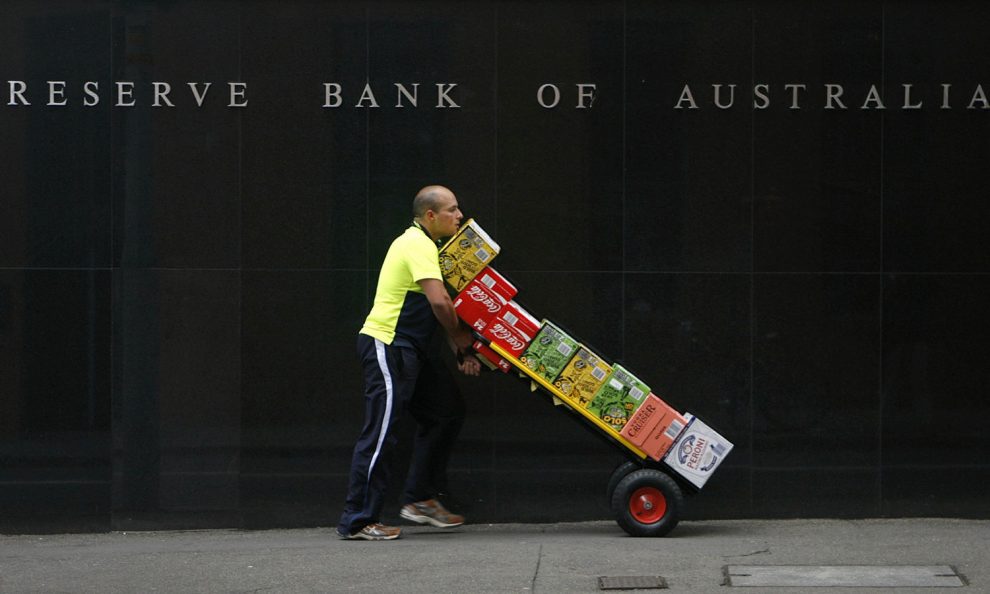Australia’s central bank warned on Friday that borrowers and lenders need to be prepared for a rise in interest rates that will lift mortgage repayments and could hit house prices.
In its semi-annual financial stability review, the Reserve Bank of Australia (RBA) emphasised the financial system was sound, banks well capitalised and households had built substantial mortgage buffers in recent years.
However, household debt was also near record highs as a share of income, which increased people’s sensitivity to any rise in borrowing costs.
“It is important lending standards do not slip and that borrowing and lending decisions are resilient to higher interest rates and the potential for falls in housing prices and/or real incomes.”
Earlier this week, the central bank opened the door to the first rise in rates since 2010 when it dropped a pledge to be patient on policy.
Financial markets are wagering heavily that the 0.1% cash rate will be hiked to 0.25% in June and that further increases will take it to 1.75% by year-end and to 3.0% by late 2023.
That would pressure house prices which have seen a boom in values in the past year or so.
Rates Could Lower House Prices
The RBA estimated a rise of 200 basis points in mortgage rates could lower real house prices by 15% over a two-year period relative to where they would have been without a rate shock.
It also estimated that if mortgage rates were to rise by 200 basis points the share of borrowers facing a debt servicing ratio of greater than 30% – a common threshold for high burdens – would almost double to near 20%.
Still, 40% of borrowers are already making monthly repayments that would cover all the increase in rates.
Many borrowers had also taken advantage of super-low rates to switch to fixed-rate mortgages, which now account for 40% of outstanding loans, a figure that has doubled since 2020.
About three-quarters of these loans are set to expire by the end of 2023.
The RBA cautioned that the share of new home lending with a debt-to-income ratio above 6, and considered more risky, had ballooned to around 25%.
As a result regulators had strengthened oversight of individual banks to make sure standards were being maintained and that they were ready should limits be imposed on lending.
The RBA judged that the banking sector overall was well capitalised and had high levels of liquid assets that were comfortably above regulatory requirements.
The RBA noted households had built substantial equity in their homes thanks to rapid price increases in the last couple of years. It estimated the share of homes with negative equity was just 0.25%, down from 2.25% in 2020.
Borrowers had also built substantial buffers in mortgage offset accounts, with the median buffer equal to about 21 months of payments.
Indicators of financial stress were very low with lenders non-performing home loans at just 0.9%.
- Reuters, with additional editing by George Russell
READ MORE:
Advocates Urge More EV Charging in Remote Australia – ABC
Australian State to Probe Gambling Via China UnionPay
Australia’s Pendal Gets $1.8bn Takeover Bid from Perpetual
























